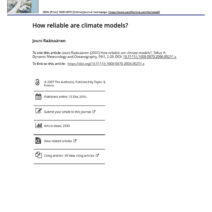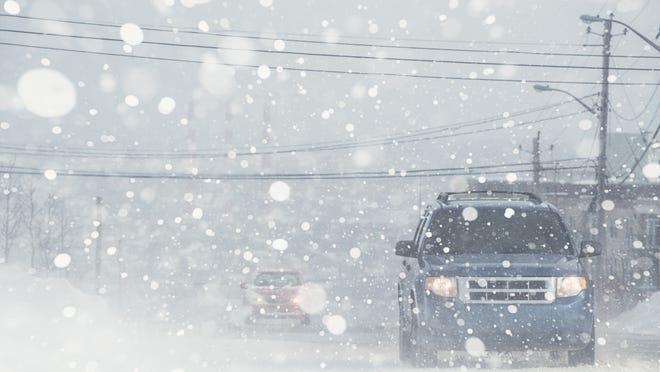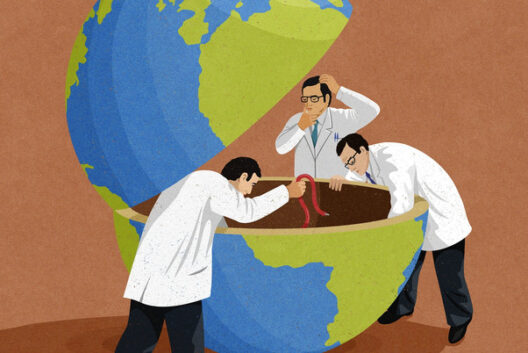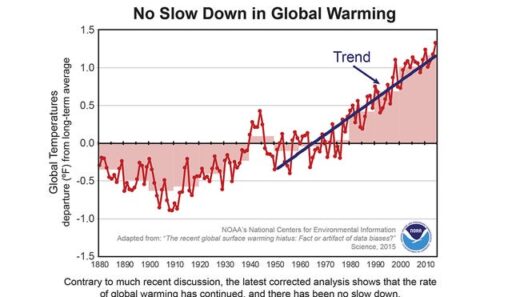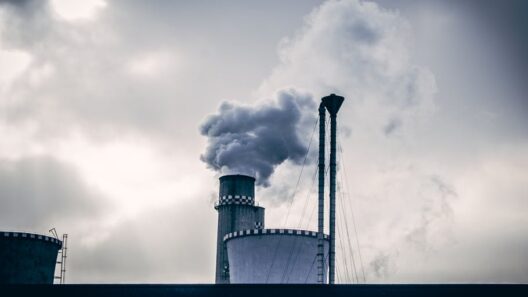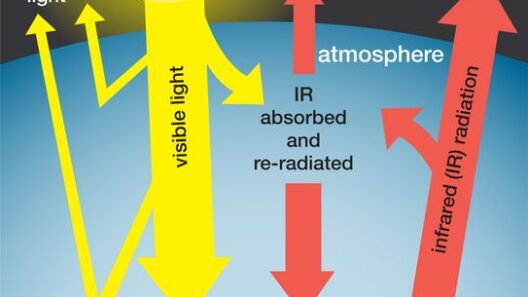Global warming engenders a plethora of misconceptions about its effects on our planet’s climate systems. One of the most contentious and paradoxical assertions is the relationship between global warming and snowfall. While it might seem intuitive to conclude that a warming planet would eradicate snow altogether, the reality is far more nuanced. This article delves into the complexities surrounding this issue, revealing the surprising truth about the future of snow in a warming world.
To understand how global warming affects snow, we must first grasp the fundamental mechanics of climate change. The planet is experiencing an increase in average temperatures due to the accumulation of greenhouse gases in the atmosphere. This warming is not uniform across the globe. Some regions are experiencing more severe temperature elevations than others. In fact, the Arctic, for instance, is warming at nearly double the global average, leading to significant alterations in weather patterns worldwide.
Ironically, a warmer atmosphere can hold more moisture. As temperatures climb, precipitation patterns transform. This increased moisture contributes to greater snowfall in certain areas, particularly during the winter months. It’s pivotal to recognize that while overall global temperatures rise, the dynamics of seasonal cycles adapt, potentially fostering heavier snowfall events.
Regions that typically receive ample snowfall could see an intensification of snowfall in the short term as warmer air masses collide with colder weather fronts. The result? More substantial snowstorms and blizzards. In fact, regions such as the Northeastern United States and parts of Europe may witness increased snowfall as warmer temperatures lead to more volatile weather patterns. This phenomenon can be explained via the concept of ‘atmospheric rivers’: these are narrow corridors of concentrated moisture in the atmosphere that can trigger heavy snowfall when conditions are right.
However, the relationship between climate change and snow does not end here. The alterations created by rising temperatures can also lead to subsequent melting or reduced snowpack. Snow is not merely a temporary meteorological feature; it represents a crucial water supply for many ecosystems, agriculture, and human consumption. In regions dependent on glacial and alpine snowpack, a warmer climate can disrupt seasonal runoff cycles, resulting in diminished water availability when it is most needed.
The decline in snowpack is particularly alarming, as it might trigger cascading ecological consequences. As snow accumulation diminishes, areas that rely on gradual snowmelt to sustain rivers during the spring and summer months could confront severe water shortages. This could adversely impact agriculture, drinking water supplies, and even natural ecosystems that depend on a stable flow of freshwater.
Complexities abound when considering the future of snow in a warming world. Notably, while some regions may experience increased snowfall in the short term, the overall trend suggests a systematic decline in snow cover over the long term. Observations indicate that snow cover extent is decreasing globally, particularly in the Northern Hemisphere. This trend correlates with rising temperatures, providing compelling evidence that a warming climate is indeed jeopardizing our winter wonderlands.
Additionally, the urban heat island effect exacerbates the situation in metropolitan areas. Urban settings, characterized by concrete and asphalt, tend to retain heat, resulting in microclimates that might prevent snowfall from accumulating. This phenomenon illustrates the complex interplay between local conditions and broader climatic changes—another layer in the intricate puzzle of global warming’s impact on snow.
As we reflect on these trends, the broader implications become apparent. Alterations in snowfall patterns affect various socio-economic facets, including winter tourism which is critical for many economies worldwide. Ski resorts face unpredictable conditions, leading to financial volatility and reduced employment opportunities. As winters grow less predictable, the entire ecosystem supporting winter-related industries may shift, resulting in a loss of cultural heritage tied to traditional winter activities.
It is important to also consider the impact of ice and snow on global albedo, which refers to the reflectivity of the Earth’s surface. Snow-covered landscapes reflect sunlight, helping to regulate the planet’s temperature. As snow cover diminishes, darker surfaces (such as forested areas, dirt, and bodies of water) absorb more heat, further accentuating warming. This positive feedback loop could yield even more alarming consequences for the climate system as a whole.
To mitigate these challenges, global cooperation and innovative approaches are requisite. Policies that prioritize sustainable practices, bolster renewable energy initiatives, and reduce greenhouse gas emissions must take precedence. Additionally, adaptations to agricultural practices and water management strategies will be vital to cope with changing snow patterns and potential water scarcity.
Education and public awareness are also critical components in addressing the ramifications of climate change on snow and broader environmental systems. As communities understand the intricate dance between warming climates and snowfall, they can more effectively advocate for policies that safeguard their natural resources and cultural legacies.
In summary, the relationship between global warming and snow is far from straightforward. Increased moisture in the atmosphere may result in more intense snowfall in certain regions in the short term, yet a broader analysis reveals a trend of diminishing snow cover and altered hydrological cycles over time. This decline poses significant implications for ecosystems, economies, and cultural practices globally. As the planet continues to warm, acknowledging these complexities will be crucial for cultivating strategies that address the challenges posed by a changing climate and safeguarding our snow-laden landscapes for future generations.

